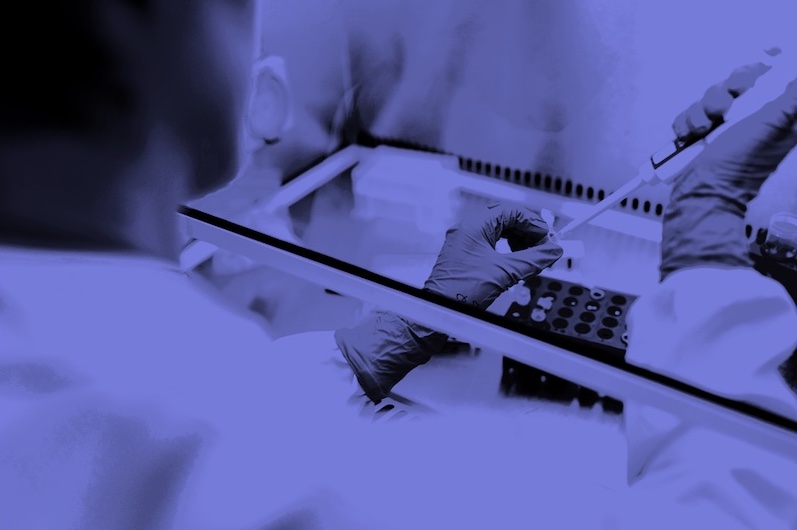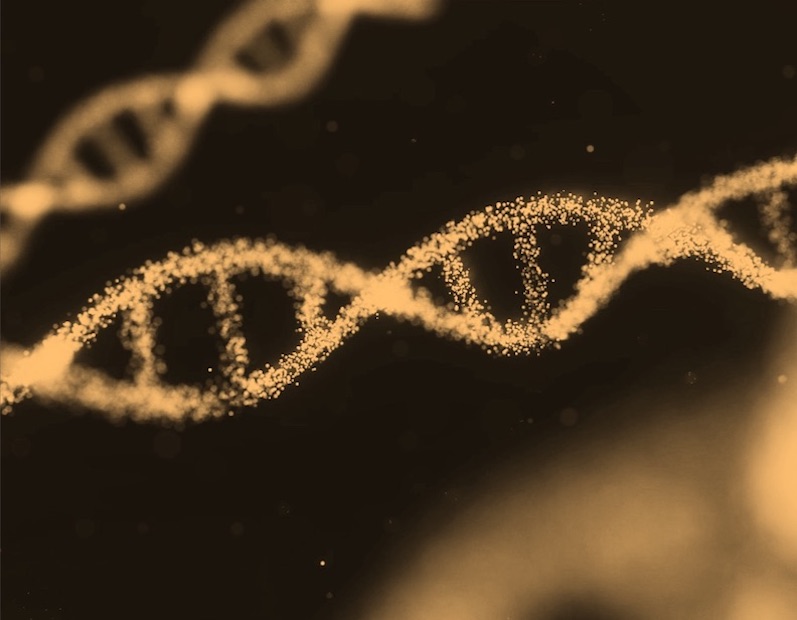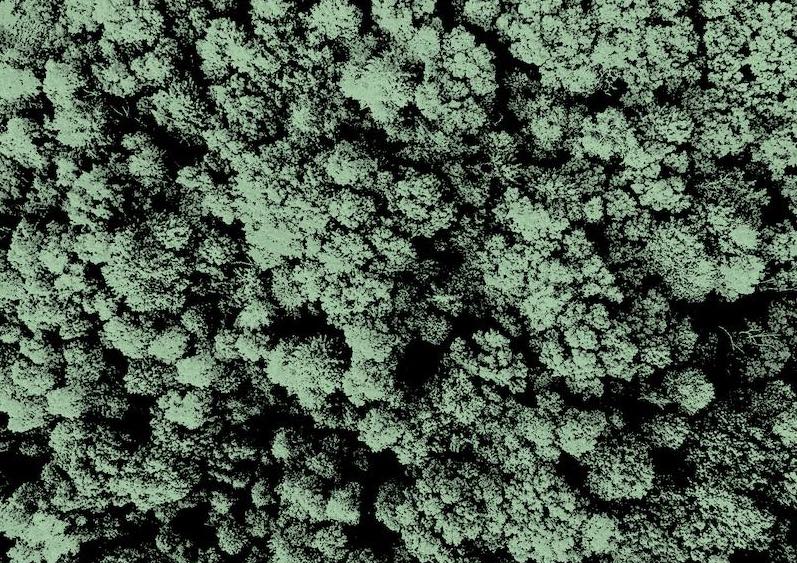What is it about?
This is a review about the methods to detect cAMP, a secondary metabolite from the activation of many GPCRs, in living cells.
Featured Image
Why is it important?
There are many methods to detect cAMP, yet there is little guidelines for researchers to know which one to use. We have summarised and compared most of the current methods and described their pros and cons.
Perspectives
cAMP assays have moved from biochemical methods using antibodies after lysing the cells, to biosensors that can detect cAMP in real-time. These biosensors have many advantages to traditional methods, and since they are mostly enzymes, they also allows spatio-temporal detection of cAMP in living cells.
Professor Adolfo Rivero-Muller
Uniwersytet Medyczny w Lublinie
Read the Original
This page is a summary of: Genetically-encoded tools for cAMP probing and modulation in living systems, Frontiers in Pharmacology, September 2015, Frontiers,
DOI: 10.3389/fphar.2015.00196.
You can read the full text:
Contributors
The following have contributed to this page







